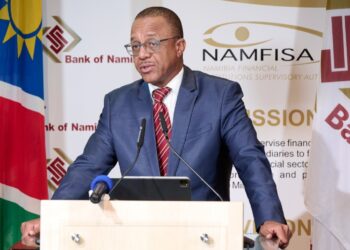
German has ruled out providing funding towards the construction of a second desalination plant in Namibia.
Desalination involves the removal of salt from seawater and the purification of the water so it can be fit for human consumption.
The Namibian government has over the past few years indicated its intention to construct a desalination plant at the coast, which will be the second in the country after the Orano-owned plant constructed for the French uranium mining company Areva and commissioned a decade ago.
And it was generally expected that the Germany government, through its development agency KfW, would be roped in to provide the much-needed funding, which could run into billions, having initially funded the feasibility study of the project.
However, Namibia will have to look for funding elsewhere after the European nation said it had no desire to pump additional capital towards the construction of the desalination plant.Â
“Germany will not provide funding for the proposed desalination plant,†the German Embassy said in response to an inquiry from The Brief.
Quizzed on the findings of the study, the embassy said, “The feasibility study funded by KFW has been completed. The focus of the study was to determine options and technical conditions for the water supply of the central coast area. Transporting water to Windhoek was a side consideration of the study. The study neither promotes nor rejects the building of a desalination plant. The decision is the responsibility of the Ministry of Agriculture, Water and Land Reform (MAWLR).â€
Botswana and Namibia have over the years been linked to pool resources together in the construction of a modern desalination plant to supply water to the two thirsty countries.
According to the plans suggested a few years ago, the two southern African countries were to construct a large desalination plant to supply water to Windhoek and Gaborone, covering a distance of over 1490 km.
Namibia has also been weighing its options to buy the Orano desalination plant at the coast after the company offered to sell the plant to the government for a reported US$200 million.











